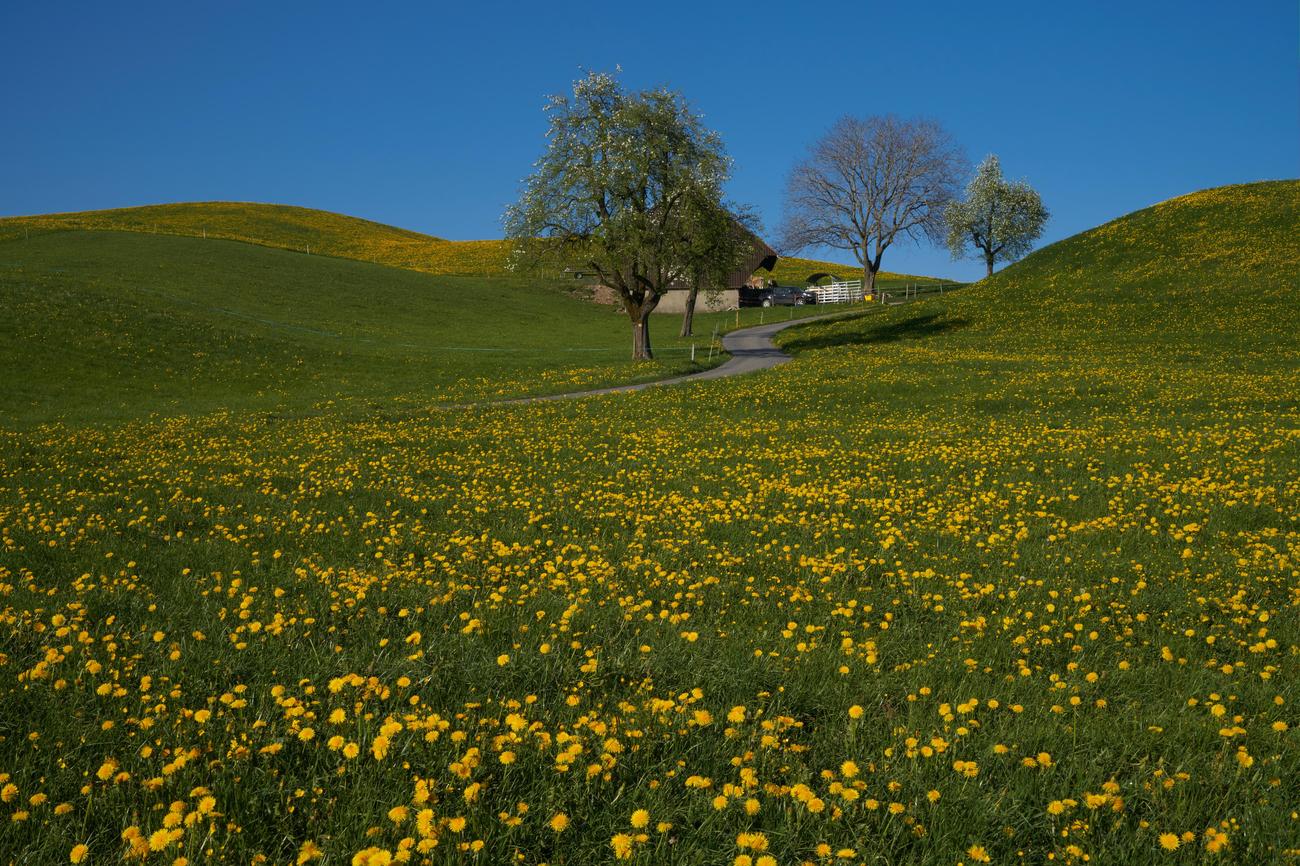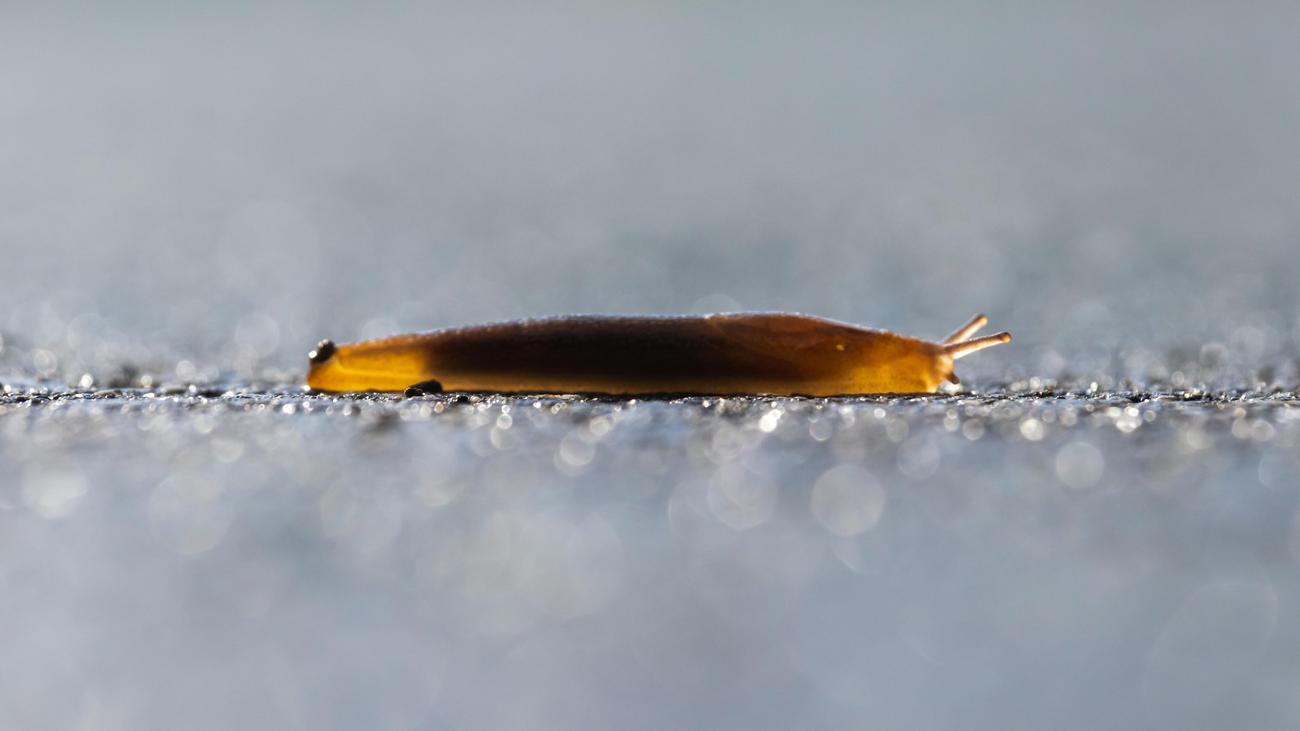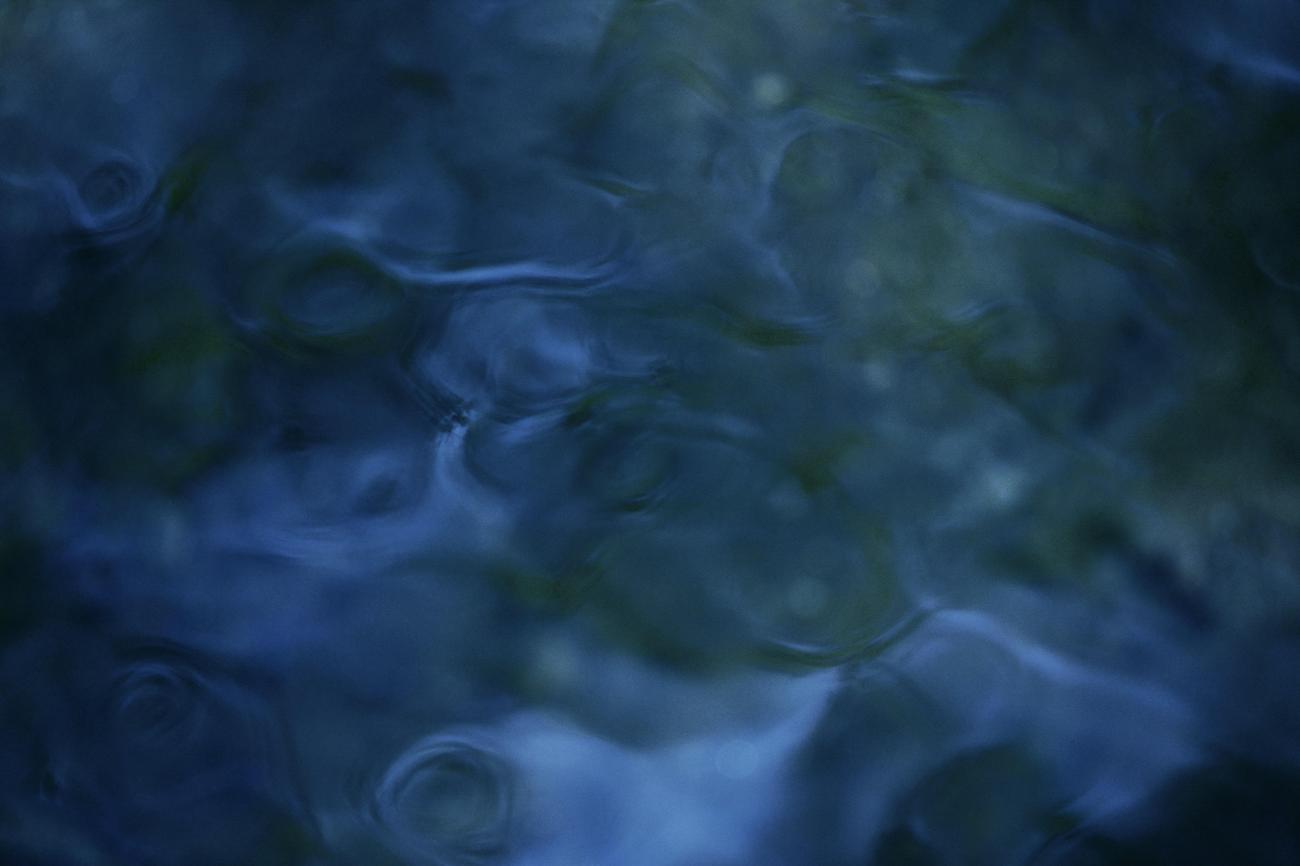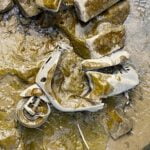Welcome to the ultimate guide on how to make slime! If you’ve ever been fascinated by the squishy, stretchy, and oh-so-satisfying texture of slime, then you’re in for a treat. In this article, we’ll dive into the wonderful world of slime-making, where creativity knows no bounds. Whether you’re a curious beginner or a seasoned slime connoisseur, get ready to unleash your creativity and learn the step-by-step process of creating your very own delightful and customizable slime. So roll up your sleeves, grab your ingredients, and let’s dive into the mesmerizing and gooey world of slime-making!

How To Make Slime
Slime-making has become a popular hands-on activity that not only brings joy but also provides a great sensory experience. If you’re looking to dive into the fascinating world of slime, you’ve come to the right place! In this article, we will guide you step-by-step through the process of creating your own delightful and customizable slime. So, let’s get started!
Gather Your Supplies
Before we dive into the slime-making process, let’s make sure you have all the necessary supplies on hand. Here’s what you’ll need:
- Glue: Start with a clear or white glue as the base for your slime. You can find this at any craft or stationery store.
- Water: You’ll need water to dilute the glue and achieve the desired consistency of your slime.
- Borax or Contact Lens Solution: For the activation of your slime, you can either use borax mixed with warm water or contact lens solution. Both work effectively, so you can choose the one that suits you best.
- Food Coloring: To add some color and personalization to your slime, grab some food coloring of your choice.
Let’s Get Slimy!
Now that you have all your supplies ready, it’s time to start making slime. Follow these simple steps:
Prepare the Glue Mixture: In a bowl, combine the glue and water. The amount of water you add will depend on the consistency you want for your slime. Stir the mixture until it is well combined.
Add Some Color: This is the fun part! Add a few drops of your chosen food coloring to the glue mixture. Mix it in until you achieve the color intensity you desire. Feel free to get creative and blend different colors together to create unique shades.
Activate the Slime: In a separate bowl, dissolve the borax in warm water or use contact lens solution. Make sure it is fully dissolved. If you’re using contact lens solution, look for one that contains boric acid and sodium borate as these ingredients are slime activators.
Let’s Combine: Slowly add the borax or contact lens solution to the glue mixture. Start with a small amount and gradually add more until the slime starts to form. As you mix, you’ll notice the slime coming together and becoming stickier.
Knead and Stretch: Once the slime has formed into a sticky blob, it’s time to get your hands dirty! Take the slime out of the bowl and start kneading it with your hands. The more you knead, the smoother and stretchier it will become. Continue kneading until you reach the desired consistency.
Time to Play: Congratulations, you’ve successfully made your own slime! Enjoy the tactile experience of stretching, squishing, and molding your slime. Slime can also be a great stress-reliever, making it the perfect activity to unwind with.
Remember, as with any hands-on activity, adult supervision is recommended, especially when younger children are involved. Now that you know the basics of slime-making, feel free to experiment with different colors, textures, and add-ins to create your own unique slime creations.
“Slime-making is a creative and tactile activity that brings joy and sensory satisfaction.”
Pros and Cons of Slime-making
Like any activity, slime-making has its pros and cons. Let’s take a closer look:
Pros:
– Slime-making can be a fun and engaging activity for individuals of all ages.
– Playing with slime can provide a sensory experience that can help relieve stress and anxiety.
– Slime can be customized with various colors, textures, and add-ins to suit personal preferences.
Cons:
– Some slime recipes may include ingredients that can be harmful if ingested, so it’s important to follow safety precautions and keep slime away from young children or pets.
– Slime can be messy, so be sure to have a designated play area and keep cleaning supplies nearby.
“Slime-making offers a range of benefits, from providing sensory satisfaction to encouraging creativity. However, it’s important to prioritize safety and cleanliness while enjoying this hands-on activity.”
Slime-making is a truly delightful and immersive experience that allows you to unleash your creativity while enjoying a tactile adventure. So gather your supplies, follow the steps outlined here, and let the slimy fun begin!
Slime has exploded in popularity in recent years, and it’s no wonder why. This fascinating and gooey substance has captured the attention of kids and adults alike. If you’re curious to learn more about slime, we’ve got you covered. Check out our list of 10 fun facts about slime10 fun facts about slime. From its origins to its many uses, you’ll discover some surprising tidbits about this unique sensory material. Click the link and prepare to be amazed!
How To Make Slime
Looking for easy slime recipes to create slimy fun? Look no further! Our collection of easy slime recipes is sure to satisfy your slimy cravings. From fluffy slime to glitter slime, we’ve got it all! Get your hands on some glue, borax, and food coloring, and let the slimy adventure begin! Just click here for our compilation of easy slime recipes: easy slime recipes.
But wait, there’s more! If you’re seeking a more scientific approach to slime-making, we’ve got you covered. Explore our slime science experiments and delve into the world of polymers and chemical reactions. Discover the secrets behind slime’s fascinating properties and impress your friends with your newfound knowledge. Ready to dive into the world of slime science experiments? Click here to get started: slime science experiments.
If you’re feeling extra creative, why not try your hand at some DIY projects with slime? Our collection of creative slime DIY projects will unleash your inner artist. From slime paintings to slime sculptures, the possibilities are endless. Let your imagination run wild and create slime masterpieces like never before! Click here to unlock your creativity: creative slime DIY projects.
So what are you waiting for? Whether you’re a slime enthusiast, a science lover, or a DIY enthusiast, our assortment of slime resources has something for everyone. Get ready to embark on a slimy journey filled with excitement, giggles, and endless possibilities. Let the slime-making adventure begin!
How to Make Slime Without Glue and Activator: An Easy DIY Recipe
[youtube v=”wVA4ptmn8P4″]
Summary
In this article, we will explore an innovative way to create slime without the need for glue or activator. By using only corn flour and soap, you can achieve a soft and creamy doughy texture that serves as an excellent substitute for traditional slime. This DIY slime recipe offers a simple and fun hands-on activity for all ages, while still emphasizing the importance of safety and cleanliness.
A Corn Flour and Soap Alternative
Slime-making has become a popular sensory activity that provides immense satisfaction. Typically, the process involves using ingredients such as glue, water, borax or contact lens solution, and food coloring. However, in this intriguing method, we’ll eliminate the need for glue and activator.
The recipe showcased in the video focuses on utilizing corn flour and soap. By adding two scoops of corn flour and a generous amount of soap, you can kickstart the slime-making process. The addition of a drop of yellow food coloring enhances the visual appeal of the slime.
Transforming into Soft and Creamy Texture
With patience and determination, the video creator mixed the ingredients for 35 minutes until the mixture began to clump up. The result was astonishing – a soft and creamy doughy texture that resembled slime. It demonstrated how corn flour and soap can be a great substitute for traditional glue and activator.
Enhancing Slime with Personal Touches
To further enhance the sensory experience, the video creator decided to mix the corn flour and soap slime with some pink clay. The result was an incredibly buttery and malleable substance that provided a unique touch to the slime. This proves that you can personalize your slime creation by incorporating different materials and colors.
“Mixing the corn flour and soap slime with pink clay truly elevated the sensory experience. It felt like playing with a buttery dream!” – Video Creator
Pros and Cons of Slime-Making
Like any activity, slime-making has its advantages and disadvantages. On the positive side, it serves as a fun and engaging hands-on experience suitable for all ages. Additionally, slime-making can provide stress relief and a sense of satisfaction.
However, it is crucial to be aware of the potential hazards associated with slime-making. Some traditional slime recipes require the use of borax or contact lens solution, which can be harmful if ingested. Additionally, slime-making can be messy and may require extra attention to cleanliness. Prioritizing safety and cleanliness is paramount to ensure a positive slime-making experience.
“Slime-making offers a multitude of benefits, from engaging all age groups to relieving stress. However, safety and cleanliness should never be compromised during this enjoyable activity.” – Expert Advice
Conclusion
The corn flour and soap slime recipe presented in the video demonstrates an exciting alternative to traditional slime-making methods that require glue and activator. It proves that with simple ingredients and a bit of patience, you can achieve a soft and creamy doughy texture that serves as an excellent substitute for traditional slime.
As you embark on your slime-making journey, remember to prioritize safety and cleanliness. Enjoy the hands-on experience, relieve stress, and create unique slime creations that provide satisfaction and sensory delight for all ages.
“With the corn flour and soap recipe, you can explore a whole new way of making slime. Get creative, have fun, and enjoy the sensory satisfaction it brings!” – Expert Advice

FAQ
Question 1: What materials are needed to make slime?
Answer 1: To make slime, you will need glue, water, borax or contact lens solution, and food coloring.
Question 2: How do I create the base mixture for slime?
Answer 2: To create the base mixture for slime, mix glue and water together in a bowl. You can then add food coloring to the mixture to achieve your desired color.
Question 3: What should I use as an activator for the slime?
Answer 3: There are two options for an activator in slime-making. You can either dissolve borax in warm water or use contact lens solution.
Question 4: How do I combine the activator with the glue mixture?
Answer 4: In a separate bowl, slowly add the borax or contact lens solution to the glue mixture. Stir the mixture until it forms a sticky blob.
Question 5: How do I make the slime smooth and stretchy?
Answer 5: Once the slime forms a sticky blob, knead it with your hands until it becomes smooth and stretchy.
- Senior at What Age: Benefits & Eligibility Guide - March 29, 2025
- Unlocking Senior Benefits: How Old is a Senior? Your Complete Guide - March 29, 2025
- Master Russian Politeness:A Guide to Saying Please - March 29, 2025
















